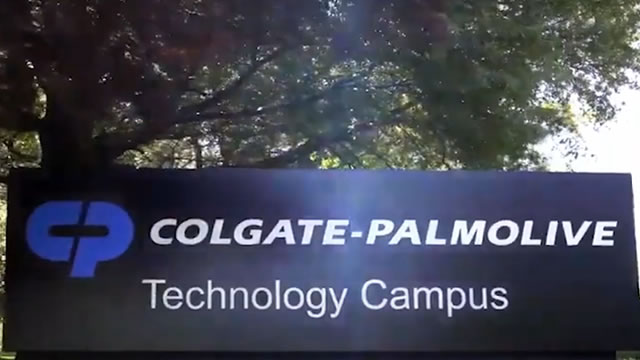BrainChip’s Radar Intelligence: A Game-Changer in Technology
Laguna Hills, CA – In a recent business development, BrainChip, the world’s first producer of a spiking neural network on a chip, announced a partnership with Information Systems Laboratories (ISL). This collaboration aims to integrate BrainChip’s Neuromorphic System, Akida, with ISL’s radar systems.
BrainChip’s Neuromorphic System: Akida
Akida, BrainChip’s neuromorphic system, is designed to mimic the human brain’s functioning, enabling real-time processing and analysis of information. With its unconventional approach to computing, Akida offers several advantages over traditional processing systems:
- Low power consumption: Akida’s spiking neural network operates at ultra-low power, making it ideal for edge computing and IoT devices.
- Real-time processing: Akida’s event-driven processing can analyze data in real-time, providing faster response times and more efficient processing.
- Adaptive learning: Akida’s neuromorphic system can learn from its environment and adapt to new data, making it a versatile solution for various applications.
ISL’s Radar Systems
ISL is a renowned provider of advanced radar systems for defense, security, and industrial applications. Their radar systems utilize state-of-the-art technologies, including artificial intelligence and machine learning, to provide accurate and reliable detection and classification of objects.
The Partnership: A Powerful Combination
The collaboration between BrainChip and ISL promises to bring significant advancements to the field of radar intelligence. By integrating Akida with ISL’s radar systems, the following benefits can be expected:
- Real-time object recognition: Akida’s event-driven processing can enhance the radar systems’ ability to recognize and classify objects in real-time.
- Adaptive learning: Akida’s adaptive learning capabilities can improve the radar systems’ performance by continuously learning from new data and environments.
- Power efficiency: Akida’s low power consumption can extend the battery life of portable radar systems and reduce the operational costs of larger installations.
Impact on Consumers
The partnership between BrainChip and ISL can lead to several consumer applications, such as:
- Autonomous vehicles: Akida’s real-time processing and object recognition capabilities can enhance the safety and efficiency of self-driving cars by providing accurate and timely information on the road.
- Smart homes: Integration of Akida with ISL’s radar systems can enable more sophisticated home automation, such as real-time detection and response to intruders or environmental changes.
- Healthcare: Radar systems with Akida’s capabilities can revolutionize healthcare by providing real-time monitoring and analysis of patients’ vital signs and environmental conditions.
Impact on the World
The integration of BrainChip’s neuromorphic system and ISL’s radar systems can have far-reaching implications for various industries:
- Defense: Enhanced radar systems with real-time object recognition and adaptive learning capabilities can significantly improve military surveillance and response systems.
- Security: Advanced radar systems can provide real-time detection and response to security threats, enhancing the safety and security of public spaces and critical infrastructure.
- Industrial applications: Real-time monitoring and analysis of industrial processes can lead to increased efficiency, productivity, and safety.
Conclusion
The partnership between BrainChip and Information Systems Laboratories marks an exciting step forward in the field of radar intelligence. By combining BrainChip’s neuromorphic system, Akida, with ISL’s advanced radar systems, real-time object recognition, adaptive learning, and power efficiency can be achieved. The potential applications span various industries, from autonomous vehicles to defense and security. The integration of these technologies can lead to significant advancements in consumer electronics, industrial applications, and security systems. Stay tuned for more updates on this innovative collaboration.





